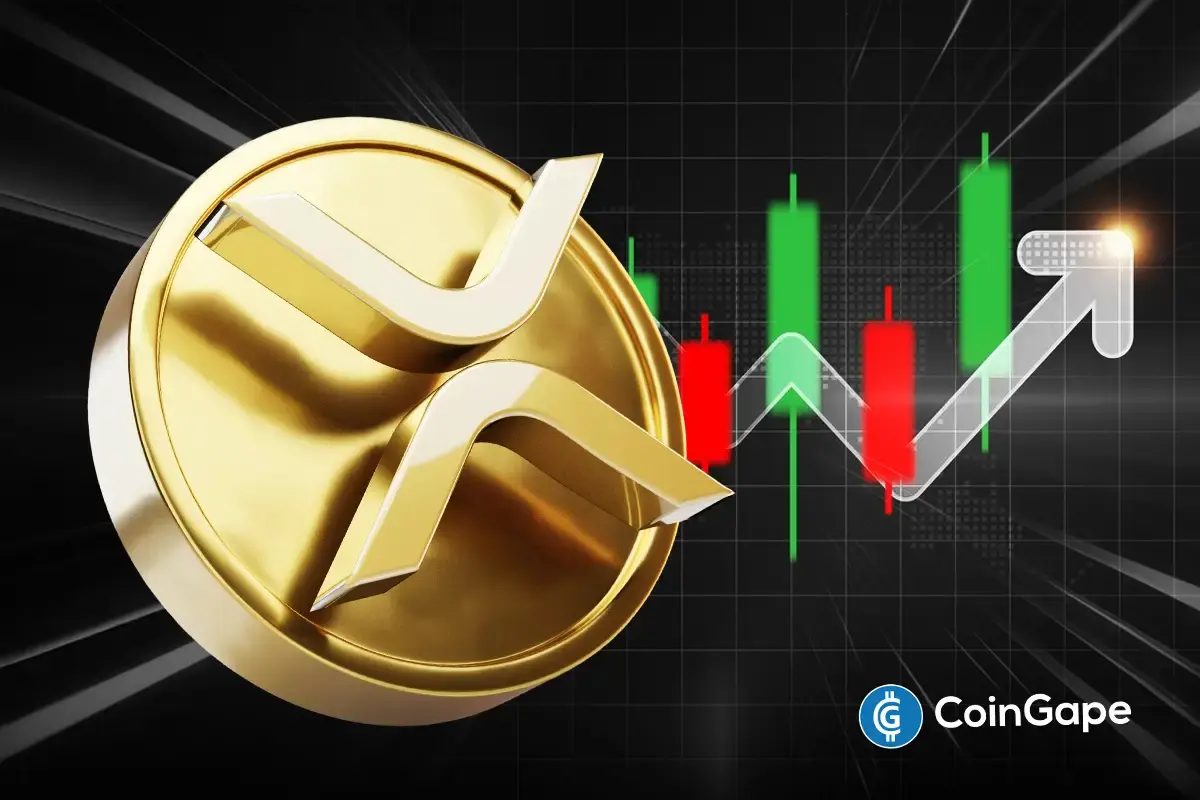Market
What Stages Should Crypto Startups Approach VCs for Fundraising?


For any cryptocurrency startup, deciding when to approach venture capitalists (VCs) is a crucial problem. The best time to look for outside funding varies greatly, depending on the particular requirements of the project and the interests of the venture capitalists (VCs) involved.
The investment thresholds of various VCs vary. While some investors are satisfied with the founding team’s strength and the idea alone, others look for concrete results like a Minimum Viable Product (MVP) or obvious market traction. All agree that raising money should never be seen as the final goal. Instead, it’s a strategic tool that must align with a startup’s growth trajectory.
“Founders shouldn’t feel pressured to chase VC funding unless it aligns with their growth strategy. The goal should be building sustainable businesses with healthy revenue streams, not just fundraising for the sake of it,” Leonarda Rajeckyte from The VC Whisperer states.
With this principle in mind, we’ve gathered insights from experts at Axia8 Ventures, Bing Ventures, Capitable Group, Outlier Ventures, and The VC Whisperer to shed light on the right stages for crypto startups to approach VCs.
Pre-Seed Stage: Building a Vision and Team
For some VCs, investing begins even before an MVP exists. Axia8 Ventures, led by Wayne Lin, focuses on the very early stages of a startup’s journey. For them, the most important criterion is not necessarily the technical advancement of the project but the strength of the founder’s vision and adaptability.
“We invest at the truly early stage, often before a deck or product is even developed. The critical factor for us is the founder’s vision, passion, and capability to pivot through multiple iterations. We’ve worked with founders who failed twice but succeeded on their third try,” As Wayne Lin explains.
This approach highlights the importance of having a strong, committed team with the ability to persevere and pivot through failures.
Seed Stage: Concept Validation with Whitepaper and Deck
As a project progresses from ideation to conceptualization, having a well-crafted whitepaper and a solid deck becomes crucial. According to Bruce Lan from Bing Ventures, the whitepaper plays a pivotal role in bridging the gap between an idea and its execution.
“In the early stages, a well-crafted whitepaper or deck can bridge the gap between an idea and execution. It’s essential for teams to communicate a clear vision and path forward. VCs are more likely to engage when they see that the project is grounded in a solid, thoughtful concept, even if it’s still in its infancy.”
This is particularly important for startups looking to raise funds at the seed stage, where they may not yet have a fully functional MVP but can present a compelling argument for the viability of their idea.
A whitepaper can serve as an essential document that articulates the project’s vision, technology, and potential market impact. It gives VCs a clear roadmap of where the project is headed and how it plans to get there.
MVP Stage: Gaining Credibility and Minimizing Risk
As a project advances past the ideation stage, having a Minimum Viable Product (MVP) becomes a critical factor in demonstrating both credibility and progress to VCs. Matthew Tang from Capitable Group emphasizes the importance of an MVP in instilling confidence in investors.
“A working MVP demonstrates progress and eliminates any suspicion of vaporware or scams. At this stage, VCs are more confident in the team’s ability to build and deliver,” says Tang.
For many VCs, especially those who enter the later stages of seed funding, having an MVP is a concrete indicator that the project has moved beyond the theoretical phase and into practical application. The presence of a functioning MVP also provides investors with an opportunity to evaluate the product’s technical feasibility and potential market fit.
Scaling Stage: Approaching VCs for Growth Capital
A cryptocurrency project should look for venture funding to support its next stage of growth once it has begun to attract users and has demonstrated its product-market fit. When a startup is prepared to grow into new markets, accelerate product development, or scale operations, Pietro Negri of Outlier Ventures suggests that they approach venture capitalists.
“When a crypto project needs funding to take its ventures to the next level, it should approach venture capitalists. VCs look for indications of strong product-market fit and growth potential at this stage, whether it’s expanding the product or entering a new market,” says Negri.
Venture capitalists are currently searching for projects that have already demonstrated their concept and now need funding to grow. They will evaluate important measures of product-market fit, like revenue generation, user adoption, and the project’s capacity to draw in partnerships.
Key Criteria VCs Look for in Crypto Startups
Several universal factors help VCs evaluate the potential of crypto startups, regardless of the stage. These criteria include:
- Founding team
- Technological innovation
- Market potential and capacity for problem-solving
- Strategic partnerships
For a deeper look into each of these criteria and insights from experts like Wayne Lin (Axia8 Ventures), Bruce Lan (Bing Ventures), and Pietro Negri (Outlier Ventures), refer to our article on Key Criteria VCs Prioritize When Assessing a Crypto Project.
Common Pitfalls to Avoid When Seeking VC Funding
Even though raising money can be exciting, a lot of cryptocurrency startups risk failing because they make simple mistakes that could have a negative impact on their chances of success. Red flags are easily spotted by VCs, and a startup’s attractiveness can be greatly increased by avoiding these pitfalls.
- Unclear vision and goals: Uncertain vision and goals: One of the most frequent errors is to propose an extremely ambitious or vague vision without providing a clear plan for how to get there. Startups need to be able to clearly explain both their long-term objectives and the precise actions they plan to take to get there. “Investors need to see a well-defined plan that demonstrates how the project intends to grow and scale,” says Leonarda Rajeckyte of The VC Whisperer.
- Incomplete tokenomics: Many crypto projects fail to adequately design a sustainable and transparent tokenomics model. VCs are particularly cautious of projects where the token’s utility and value growth are unclear or poorly thought out. A solid tokenomics model should outline how the token functions within the ecosystem and its long-term value potential.
- Lack of compliance: Legal and regulatory issues are often overlooked in the rush to launch, which can be disastrous in the long run. Failing to consider compliance can turn VCs away and also lead to legal complications down the line. Bruce Lan from Bing Ventures stresses, “Compliance is crucial. Crypto projects need to be mindful of regulations, especially if they plan to expand internationally.”
Final Thoughts: Aligning Funding with Growth Strategy
Raising venture capital is a critical step for many crypto startups, but it must align with the startup’s growth trajectory. As emphasized by experts from Axia8 Ventures, Bing Ventures, Capitable Group, Outlier Ventures, and The VC Whisperer, there is no one-size-fits-all approach to securing VC funding.
The decision to approach VCs should be driven by the project’s readiness, market fit, and clear long-term strategy. Startups should not view fundraising as an achievement in itself but as a means to support sustainable growth. Leonarda Rajeckyte from The VC Whisperer wisely advises that startups should pursue funding only when it enhances their business strategy.
Timing is essential. VCs are more likely to invest when there is demonstrable progress—whether it’s a strong team, an MVP, or early market traction. Ultimately, the goal should be to use funding as a tool to scale, without losing focus on the project’s core mission and vision. Clear objectives and a solid growth strategy will always attract the right investors at the right time.
Disclaimer
All the information contained on our website is published in good faith and for general information purposes only. Any action the reader takes upon the information found on our website is strictly at their own risk.
Market
Ethereum Struggles to Break Out as Bear Trend Fades

Ethereum (ETH) enters the week with mixed signals as traders brace for tomorrow’s “Liberation Day” tariff announcement, a potential macro catalyst that could impact risk assets. While the BBTrend indicator remains deeply negative, it’s beginning to ease, hinting at a possible slowdown in bearish momentum.
On-chain data shows a slight uptick in whale accumulation, suggesting cautious optimism from large holders. Meanwhile, Ethereum’s EMA setup shows early signs of a trend reversal, but the price still needs to break key resistance levels to confirm a shift in direction.
ETH BBTrend Is Easing, But Still Very Negative
Ethereum’s BBTrend indicator is currently reading -11.66, slightly improved from -12.54 the day before, but still in negative territory for the second consecutive day.
The Bollinger Band Trend (BBTrend) measures the strength and direction of a trend based on how price interacts with the upper and lower Bollinger Bands.
A positive BBTrend suggests bullish momentum, with the price expanding toward the upper band, while a negative BBTrend indicates bearish momentum, with the price leaning toward the lower band. Typically, a value beyond 10 is considered a strong trend signal, making the current -11.66 reading a sign of continued downside pressure.

The persistent negative BBTrend suggests that Ethereum remains in a short-term bearish phase, with sellers still dominating the price action.
While yesterday’s slight uptick hints at a potential slowing of downward momentum, the indicator remains well below the neutral zone, meaning any reversal is still unconfirmed, despite Ethereum flipping Solana in DEX trading volume for the first time in 6 months.
Traders may interpret this as a warning to stay cautious, especially if ETH continues hugging the lower Bollinger Band. For now, price action remains fragile, and any bounce will need to be supported by a decisive shift in volume and sentiment to signal a meaningful reversal.
Ethereum Whales Are Accumulating Again
The number of Ethereum whales—wallets holding between 1,000 and 10,000 ETH—has ticked up slightly, rising from 5,322 to 5,330 in the past 24 hours.
While this is a modest increase, whale activity remains one of the most closely watched on-chain metrics, as these large holders often influence market direction. Whales’ accumulation can signal growing confidence in Ethereum’s medium—to long-term prospects, especially during periods of price uncertainty or consolidation.
Conversely, a decline in whale addresses typically suggests weakening conviction or profit-taking.
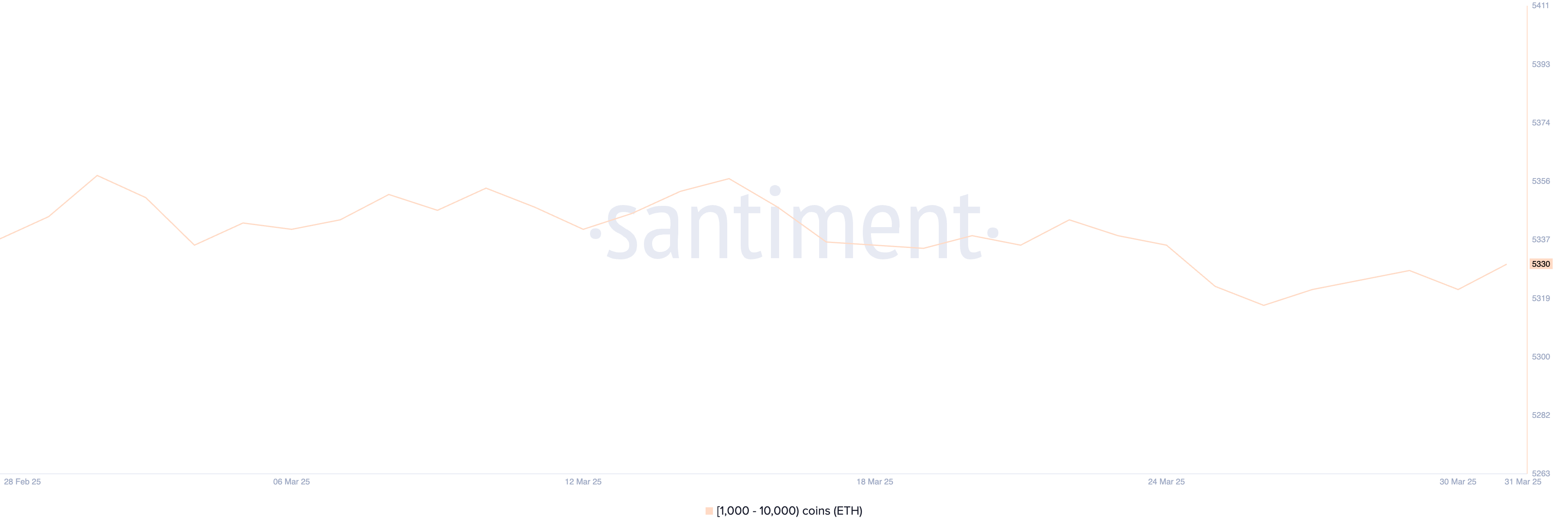
Although the recent uptick is a positive sign, it’s important to note that the current number of Ethereum whales is still below the levels observed in prior weeks.
This means that while some large holders may be re-entering the market, the broader whale cohort has yet to fully commit to an accumulation phase.
If the upward trend in whale numbers continues, it could support a bullish shift in sentiment and price. However, for now, the data points to cautious optimism rather than a decisive reversal.
Will Ethereum Break Above $2,100 Soon?
Ethereum’s EMA lines are showing early signs of a potential trend reversal, with price action attempting to break above key short-term averages.
If Ethereum price can push through the resistance at $1,938, it may signal the start of a broader recovery, potentially targeting the next resistance levels at $2,104, and if momentum builds—especially with supportive macro catalysts—increasing toward $2,320 and even $2,546.
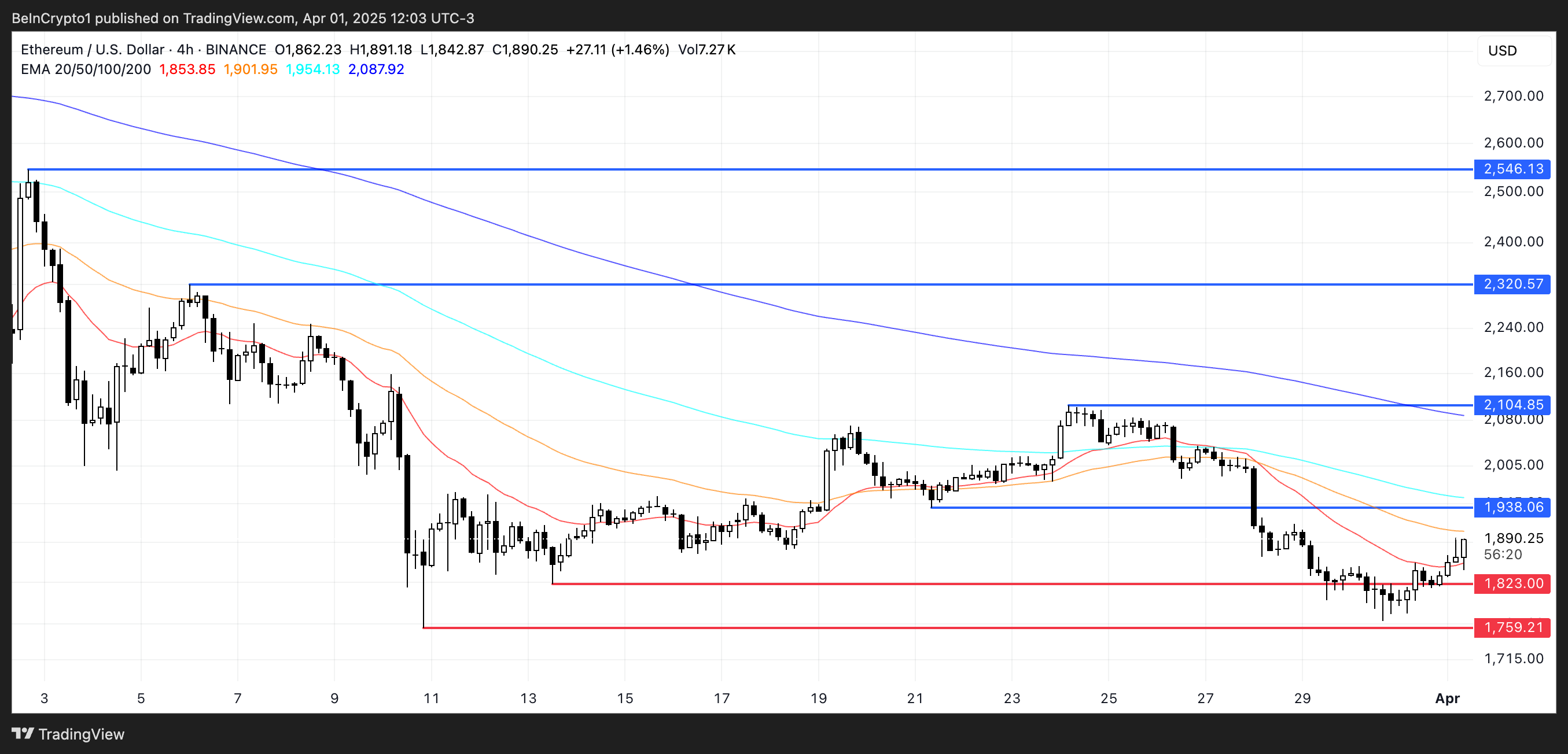
On the flip side, if Ethereum fails to maintain its upward push and bearish momentum resumes, the focus will shift back to downside levels.
The first key support sits at $1,823; a break below that could expose Ethereum to further losses toward $1,759.
Disclaimer
In line with the Trust Project guidelines, this price analysis article is for informational purposes only and should not be considered financial or investment advice. BeInCrypto is committed to accurate, unbiased reporting, but market conditions are subject to change without notice. Always conduct your own research and consult with a professional before making any financial decisions. Please note that our Terms and Conditions, Privacy Policy, and Disclaimers have been updated.
Market
Binance Megadrop Launches KernelDAO

Binance Megadrop has announced its fourth project – KernelDAO (KERNEL), a restaking protocol supporting three key tokens Kernel, Kelp, and Gain.
Introduced in 2024, Binance Megadrop is a token launch platform that provides users with early access to promising crypto projects before their official listing.
KernelDAO and Binance Megadrop: Overview
KernelDAO is a restaking protocol that allows users to repurpose staked assets (such as ETH or BNB) to participate in other protocols, maximizing yield. The protocol launched its mainnet in December 2024.
The KernelDAO Megadrop event kicks off on April 1, 2025, and lasts for 20 days, rewarding participants with KERNEL tokens. Kelp, a KernelDAO component, manages over $1.15 billion in Total Value Locked (TVL) across 10 blockchains, including Ethereum and BNB Chain.
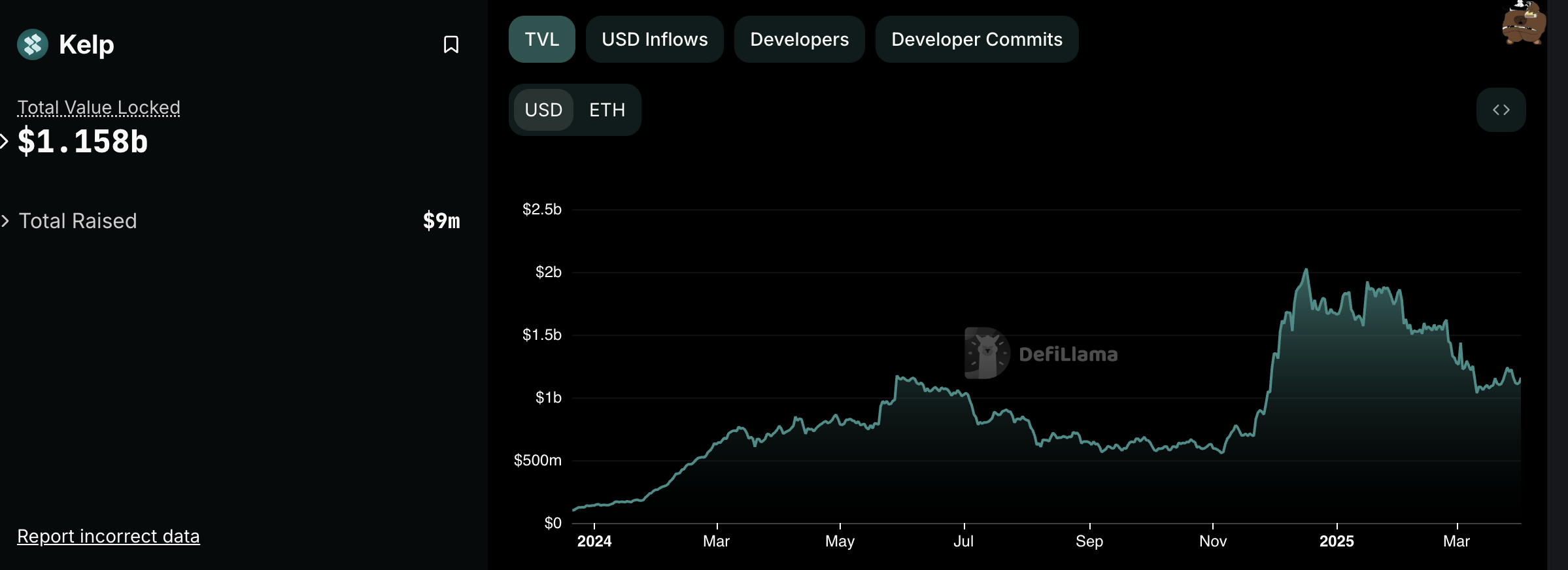
KernelDAO has a maximum supply of 10 billion KERNEL tokens. Binance has allocated 40 million KERNEL (4% of the total supply) for participants. Upon listing on Binance, the initial circulating supply will be 162,317,496 KERNEL (16.23% of the total supply).
After the Megadrop event, KERNEL will be listed on Binance Spot with trading pairs such as KERNEL/BTC, KERNEL/USDT, and KERNEL/BNB.
KernelDAO is the fourth project on Binance Megadrop, following Lista (LISTA) and Xai (XAI). Previously, Binance Labs invested in Kernel to build recovery infrastructure on the BNB Chain.
Binance’s inclusion of KernelDAO could contribute to the growth of the restaking sector. According to DeFiLlama, the total TVL of restaking protocols surpassed $15 billion in early 2025, with EigenLayer and Kelp leading the market.
With 40 million KERNEL tokens distributed through Megadrop, many participants may sell immediately after receiving their tokens, potentially creating downward price pressure. Additionally, increasing competition from protocols like EigenLayer could pose challenges for KernelDAO.
Additionally, not all projects listed on Binance have performed impressively. In 2024, Binance-listed tokens all fell, with 29 out of 30 tokens posting significant losses.
Disclaimer
In adherence to the Trust Project guidelines, BeInCrypto is committed to unbiased, transparent reporting. This news article aims to provide accurate, timely information. However, readers are advised to verify facts independently and consult with a professional before making any decisions based on this content. Please note that our Terms and Conditions, Privacy Policy, and Disclaimers have been updated.
Market
Wintermute Sells ACT Tokens Due To Binance Limit Changes

Market maker Wintermute sold off huge quantities of ACT and other BNB meme coins on April 1, tanking their prices by as much as 50%. Wintermute CEO denied intentionally selling these assets and started re-buying them.
Community sleuths believe that Binance is to blame, quietly lowering the leverage position limit for ACT and other tokens. This incident may cause further mistrust and uncertainty in a shaky meme coin market.
Why Did Wintermute Sell ACT?
A chaotic incident is currently unfolding in the meme coin sector. At the center of the story is Wintermute, a market maker that recently made headlines by interacting with World Liberty’s USD1 stablecoin before the official announcement.
Today, Wintermute has sold off large quantities of BNB meme coins, especially ACT.
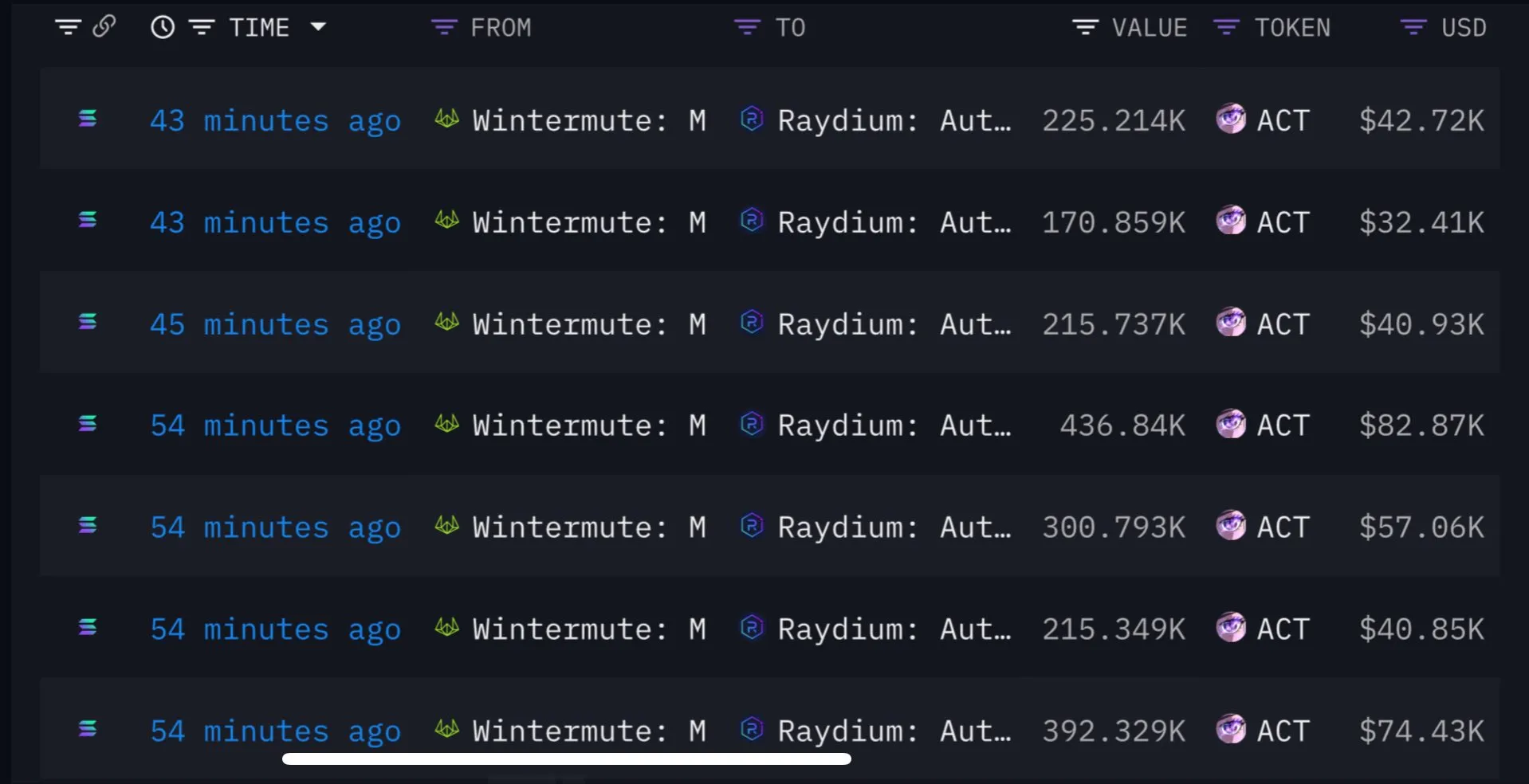
After Wintermute’s massive sell-off, the price of ACT subsequently fell 50%. This caused a stampede in other BNB meme coins, erasing millions of dollars and generating a lot of market chaos.
However, in a strange development, Wintermute’s CEO Evgeny Gaevoy denied deliberately causing the sale.
“Not us, for what it’s worth! [I’m] also curious about that postmortem. If I were to guess, we reacted post move, arbitraged the Automated Market Maker (AMM) Pool,” Gaevoy claimed in a social media thread.
This raised more questions than it answered. If Wintermute didn’t intend to sell off these ACT tokens and other meme coins, what triggered them? The firm even began buying ACT again after the sale. Subsequently, crypto sleuths started suspecting a quiet rule change from Binance, the world’s largest crypto exchange.
Both data from Lookonchain and analysis from 0xwizard, an important community leader for ACT, alleged that Binance was involved in the Wintermute debacle. Specifically, they claimed that the exchange quietly lowered the leverage position limit for ACT. This meant that market makers who held more positions than this limit were automatically liquidated at market price.
Naturally, these allegations caused a lot of outrage. Yi He, co-founder of Binance, responded, claiming that the relevant team is “collecting details and preparing a reply.” She further said that there might be another player involved but didn’t elaborate on this. This is not her first time responding to major criticism about Binance’s meme coin policies.
Ultimately, the dust is far from settled on this issue. Most of the impacted tokens are still substantially down from their positions yesterday, which is unfortunate in this fearful market. Between HyperLiquid’s short squeeze last week and this incident with Wintermute and ACT, overreach from crypto exchanges could damage market confidence.
Disclaimer
In adherence to the Trust Project guidelines, BeInCrypto is committed to unbiased, transparent reporting. This news article aims to provide accurate, timely information. However, readers are advised to verify facts independently and consult with a professional before making any decisions based on this content. Please note that our Terms and Conditions, Privacy Policy, and Disclaimers have been updated.
-

 Altcoin24 hours ago
Altcoin24 hours agoElon Musk Rules Out The Use Of Dogecoin By The US Government
-

 Ethereum22 hours ago
Ethereum22 hours agoEthereum May Have To Undo This Death Cross For Bull’s Return
-

 Market22 hours ago
Market22 hours agoBlackRock’s Larry Fink Thinks Crypto Could Harm The Dollar
-

 Market21 hours ago
Market21 hours agoCoinbase Tries to Resume Lawsuit Against the FDIC
-

 Altcoin21 hours ago
Altcoin21 hours agoCharles Hoskinson Reveals How Cardano Will Boost Bitcoin’s Adoption
-

 Market20 hours ago
Market20 hours agoHedera (HBAR) Bears Dominate, HBAR Eyes Key $0.15 Level
-

 Market18 hours ago
Market18 hours agoCardano (ADA) Whales Hit 2-Year Low as Key Support Retested
-
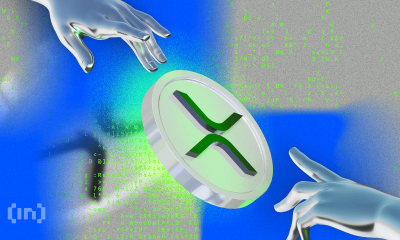
 Market23 hours ago
Market23 hours agoXRP Bears Lead, But Bulls Protect Key Price Zone




